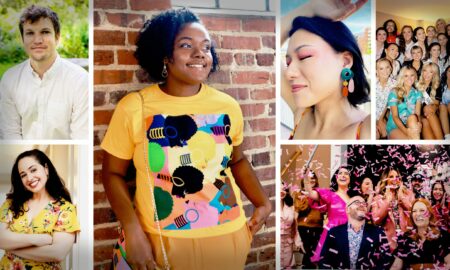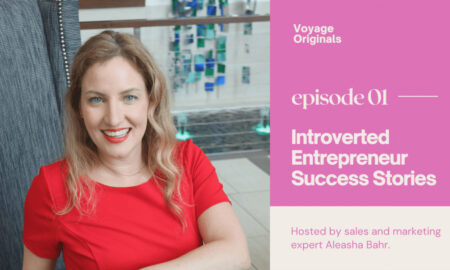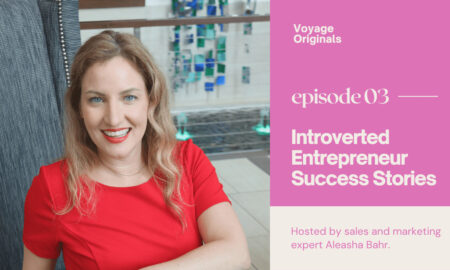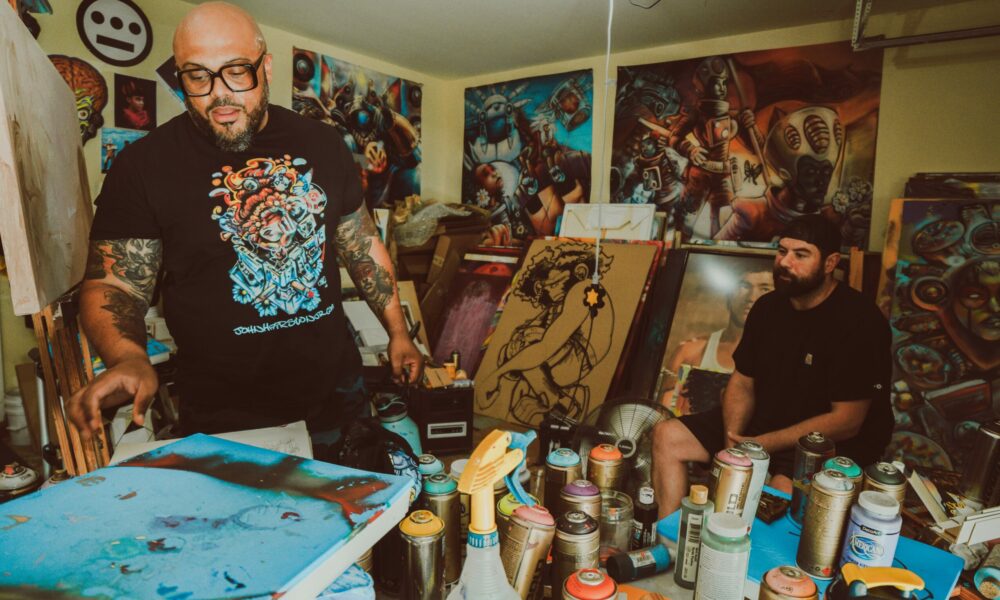

Today we’d like to introduce you to John Hairston Jr.
Hi John, thanks for joining us today. We’d love for you to start by introducing yourself.
My creative journey starts at childhood. My earliest memories revolve around watching cartoons, playing with toys, and making my own fun. Drawing stuff and painting is something that I’ve always done. I happened to grow up during a time period where every cartoon was based on a toy series, and there was a literal surplus of comic books and animated films.
I was a part of that generation that was too young to actively remember the first Star Was film, but I was old enough to be aware enough to remember the all the “Boy and his Alien” movies. These films set a precedent. I was introduced to the juxtaposition of the extraordinary with the mundane super early. In a way, films like “E.T.,” “Who Framed Roger Rabbit?” and the first Tim Burton “Batman” served as a pathway into fantasy, comic books, and science fiction. They further sparked what was already an overactive imagination and set me on a path to create my own funky things.
I was mostly inspired by mad magazines and comics books in my earlier years. If it was not a batman, spider-man or an x-men comic, I didn’t want much to do with it. I learned most of my mark-making and visual language from artists like Denys Cowen and John Kricfalusi. My art teachers in middle school and high school taught me the fundamentals of art and design. everything else I learned from the graffiti artist displayed in the back of The Source magazine.
Alright, so let’s dig a little deeper into the story – has it been an easy path overall, and if not, what were the challenges you’ve had to overcome?
I’m from a time before the internet. There were no google searches or YouTube tutorials. Everything was either done according to the advice of my older peers or by trial and error. My journey has not always been smooth sailing, but anything worth having is worth struggling for. I think I may have learned how to do most of the art stuff by making a ton of mistakes and learning what not to do. When I was a younger artist, I would model my professional life after those that I deemed successful. Aside from the guidance of my professors in undergrad and a handful of big brother types, I learned how to navigate my creative journey the hard way.
I have had my fair share of lumps and bruises ranging in everything from money management to thoroughly going over business contracts. When you are young, you are taught that these things are important without fully understanding why, and when you first start conducting business with clients, you’re so happy to have someone paying attention to your work that you skip a lot of the formalities that go with sound business procedures. In time you learn to get it all in writing. Establish healthy boundaries with your clients and cover your backside. A firm handshake is as good as the paper that it’s printed on.
Thanks – so, what else should our readers know about your work and what you’re currently focused on?
I am a visual artist. I’ve been making work for the past 25 years; my work borders on surrealism, funk, hip-hop, afro-futurism, and social commentary. I coin the term “tribal-cosmicism.” In short, I try to envision the places that we as a society hope to go by embracing and fully acknowledging where we have been… Oh, and there are a lot of colors too.
Can you tell us more about what you were like growing up?
I was the oldest of three. I come from an upper middle-class African-American family, During the time period of a still freshly integrated south. I was born in a rural area and slowly but surely moved to loftier neighborhoods as my parents gained more business opportunities. I am a part of the Huxtable Generation, meaning that my parents were a part of the black upper middle class. There was a constant conflict of my parents doing their best to Instill a cultural identity at home while having to deal with the hereditary racism and backhanded comments of my neighbors and classmates. I was too corny for the black kids and too urban for the white. So, I stayed by myself a lot to avoid feeling out of place. I poured myself into reading comics and making my own worlds and everybody was weird and super-powered there. I’d seen other cartoonists doing it, so why couldn’t I? You could call me fatso, Oreo, or a weirdo, but you couldn’t say that I couldn’t draw.
The “otherness” shows in a lot of my earlier work. I was coming from a time period where comic books and comic art was for the nerd kids. Now everybody has an “Avengers” lunchbox or t-shirt from your local Target.
As I’ve gotten older, I’ve come to embrace my experience and lean into it, but my childhood was mostly awkward with more than a couple of really memorable highlights.
Contact Info:
- Website: JohnHairstonJr.com
- Instagram: https://www.instagram.com/john_hairston_jr
- Facebook: https://www.facebook.com/jago13
- Other: https://allcityemporium.threadless.com/
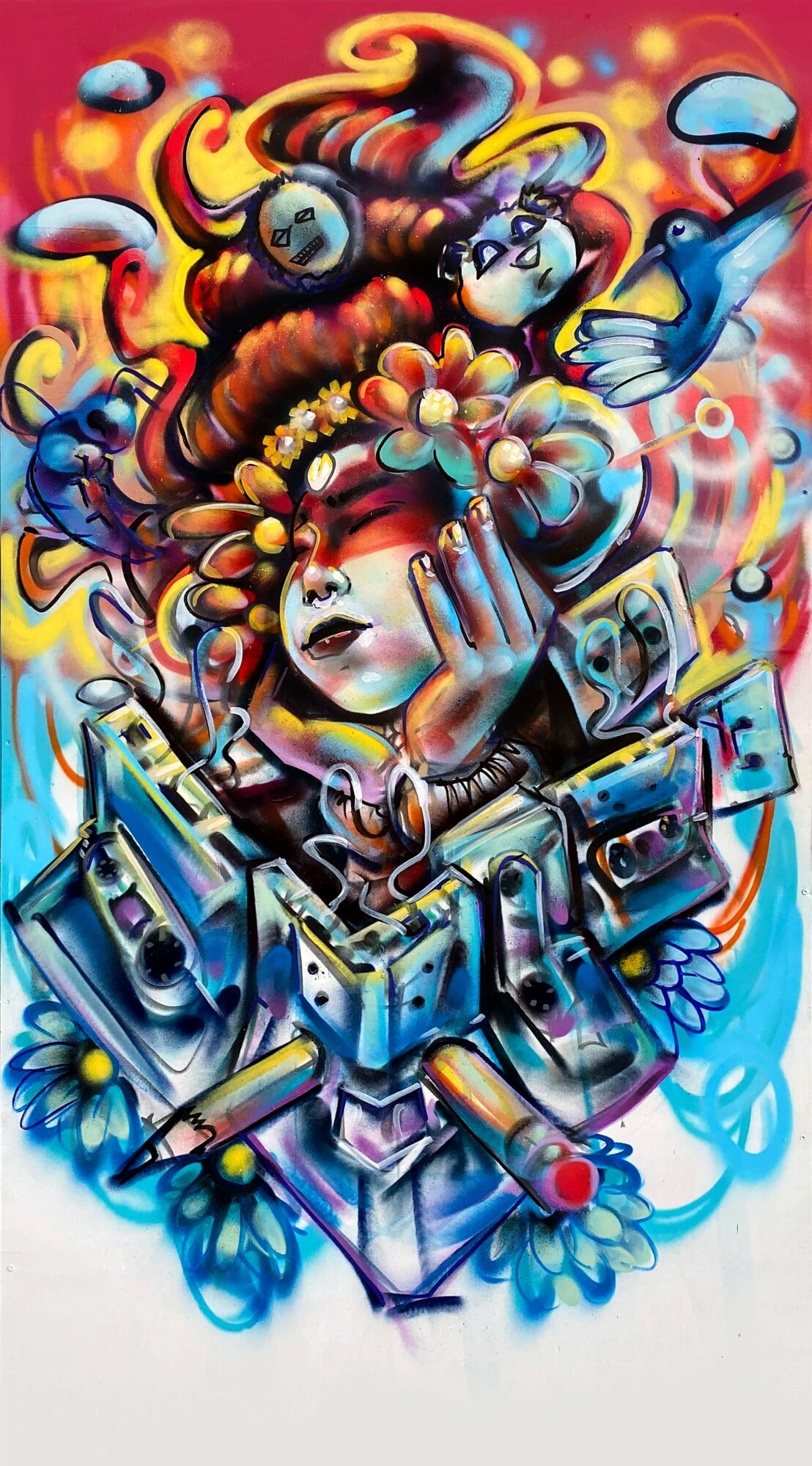
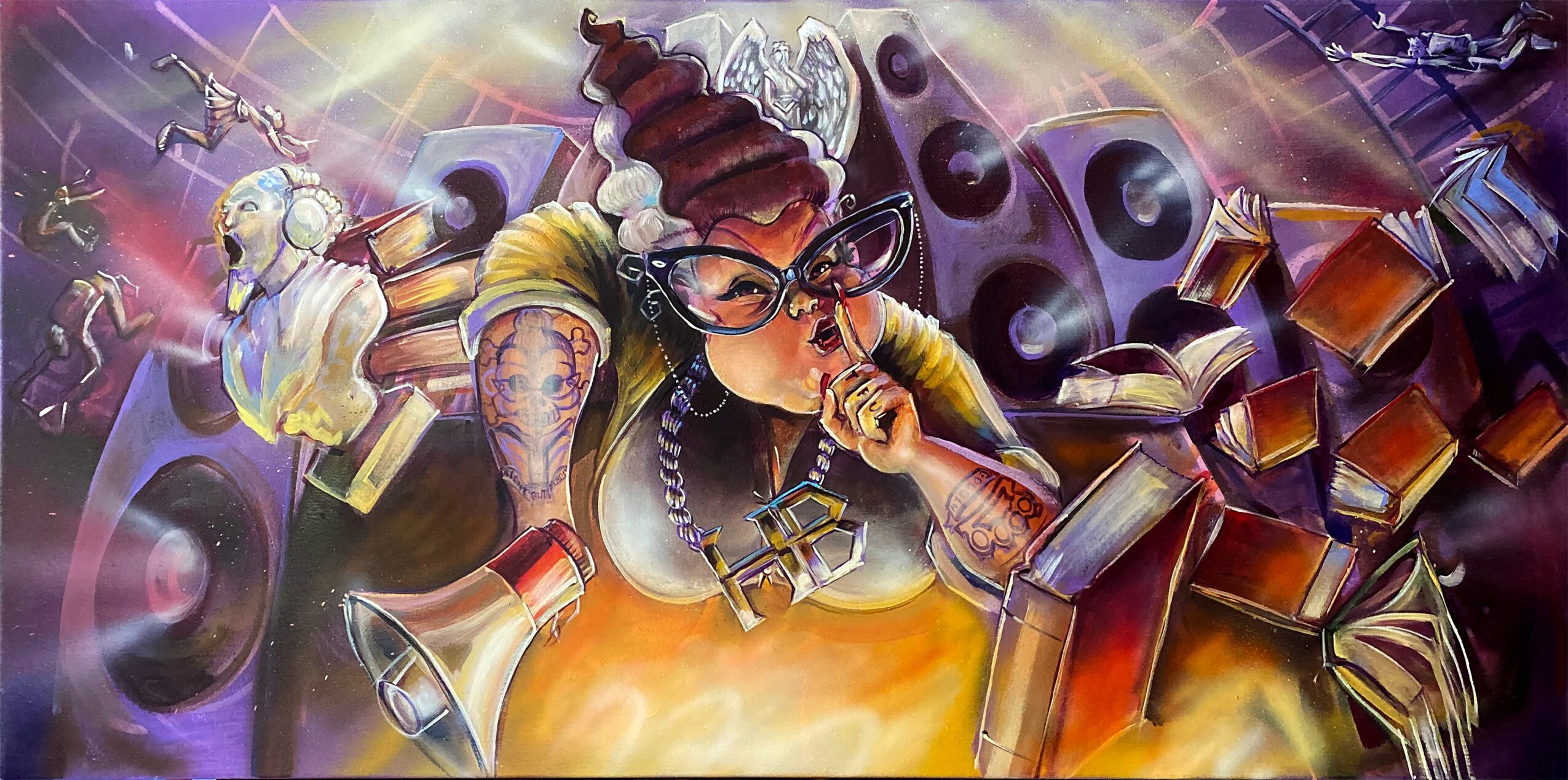
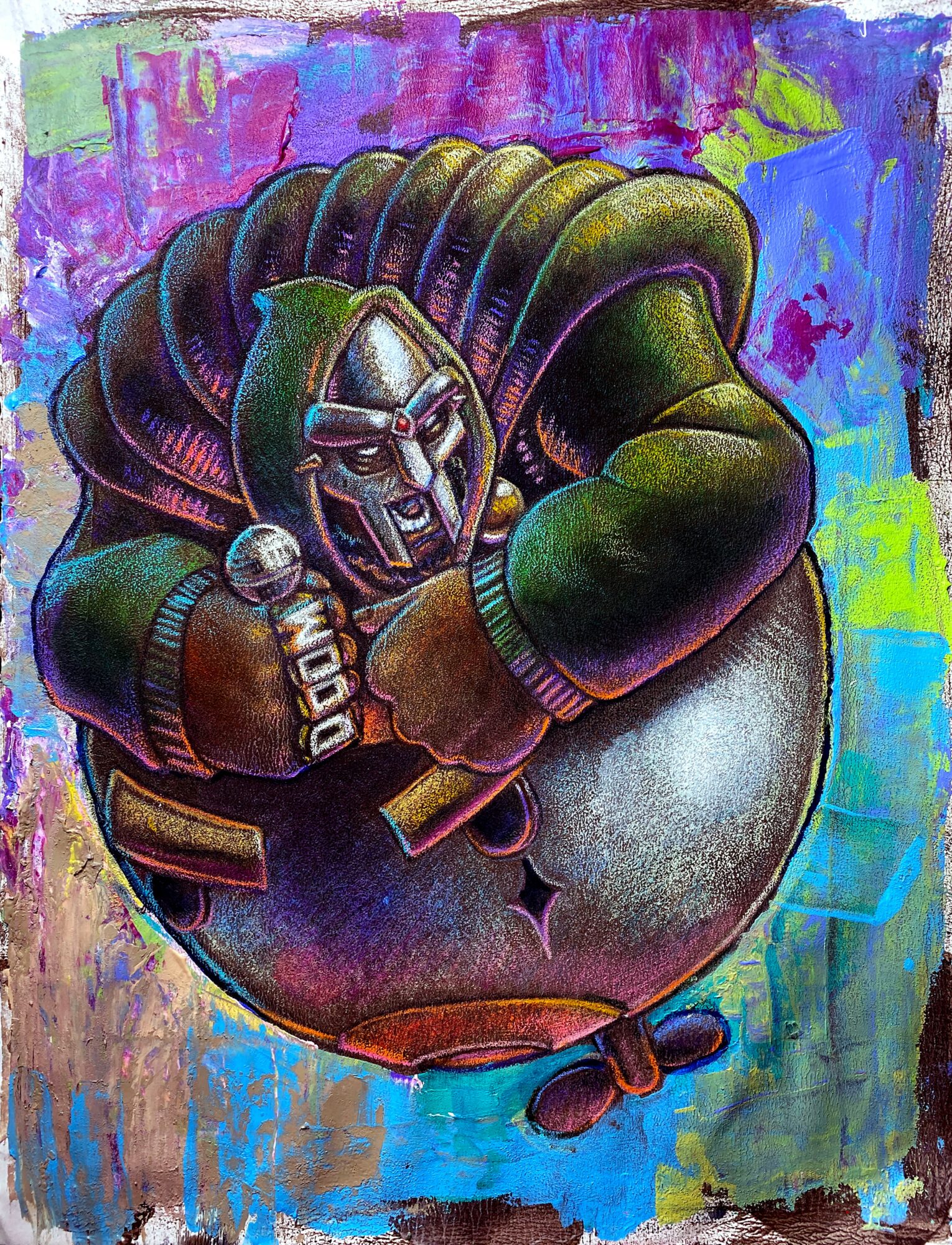
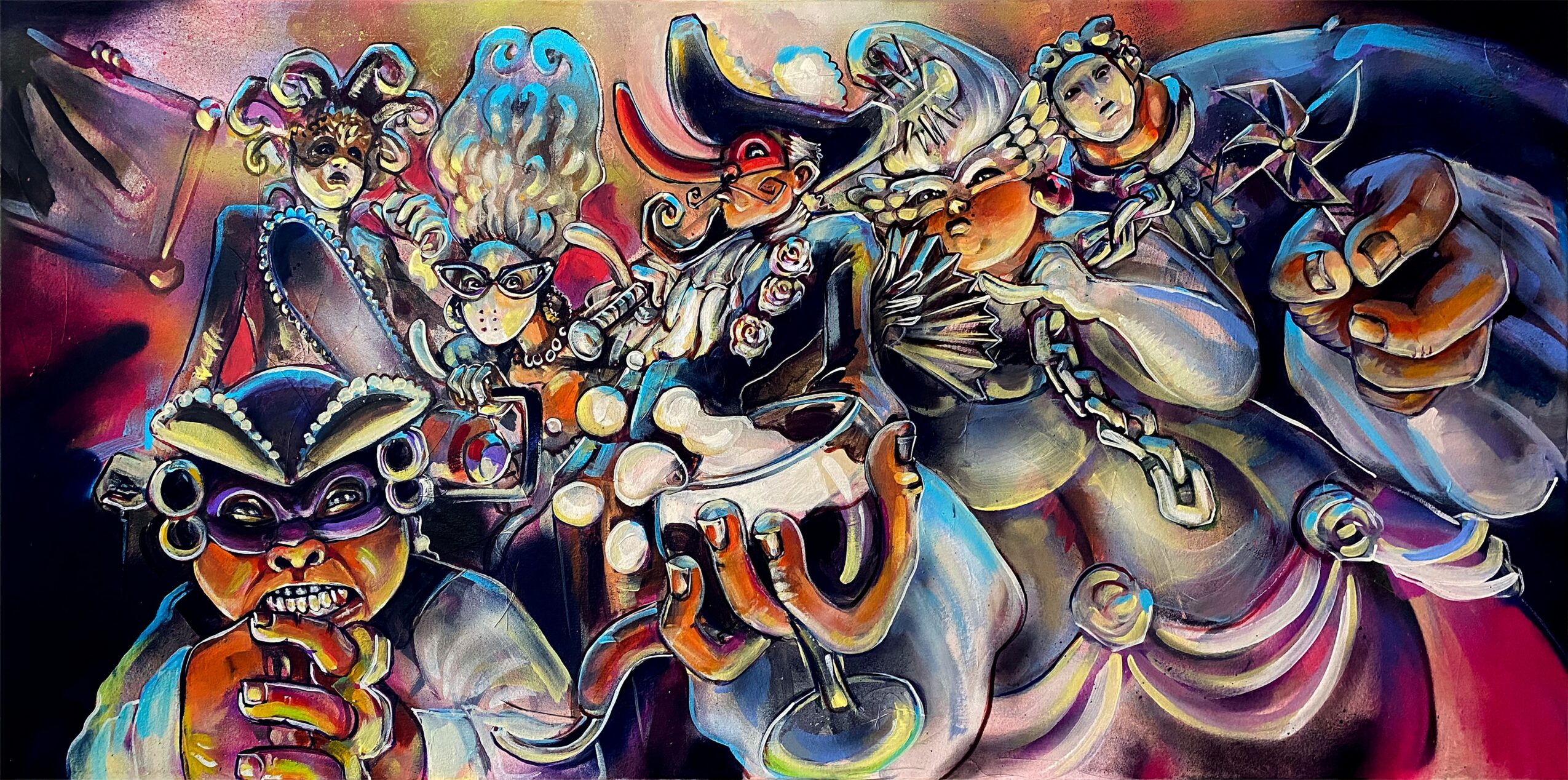
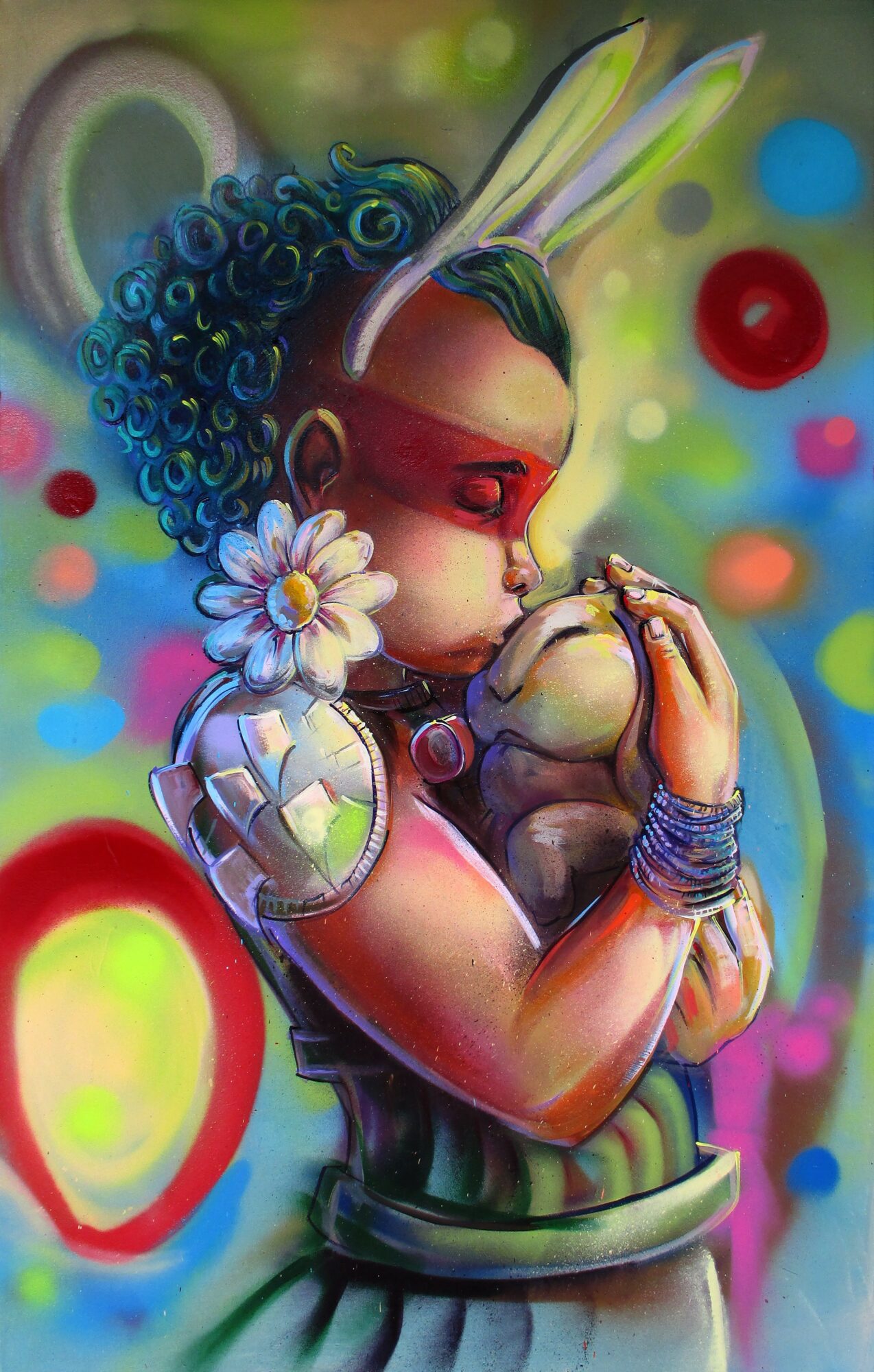
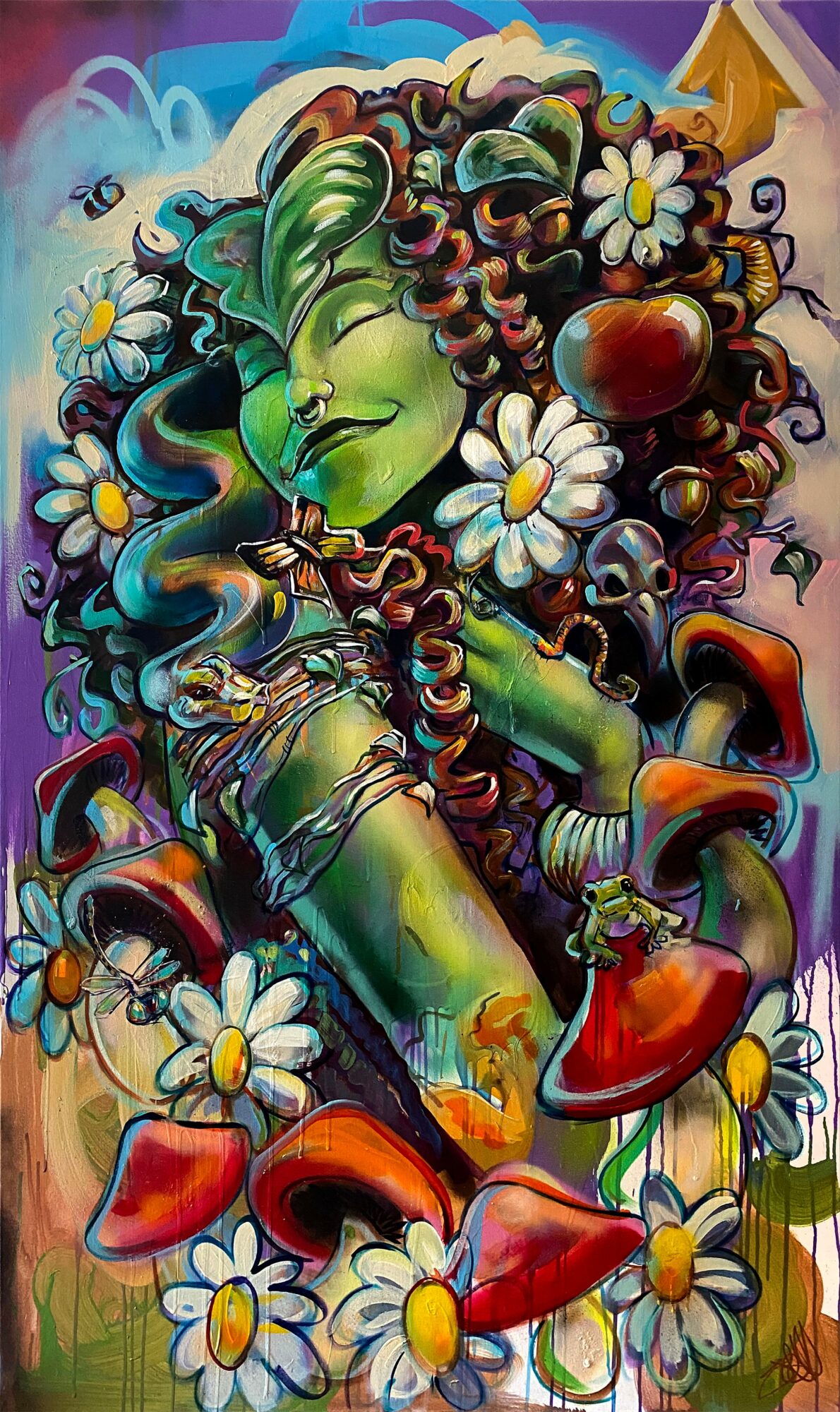
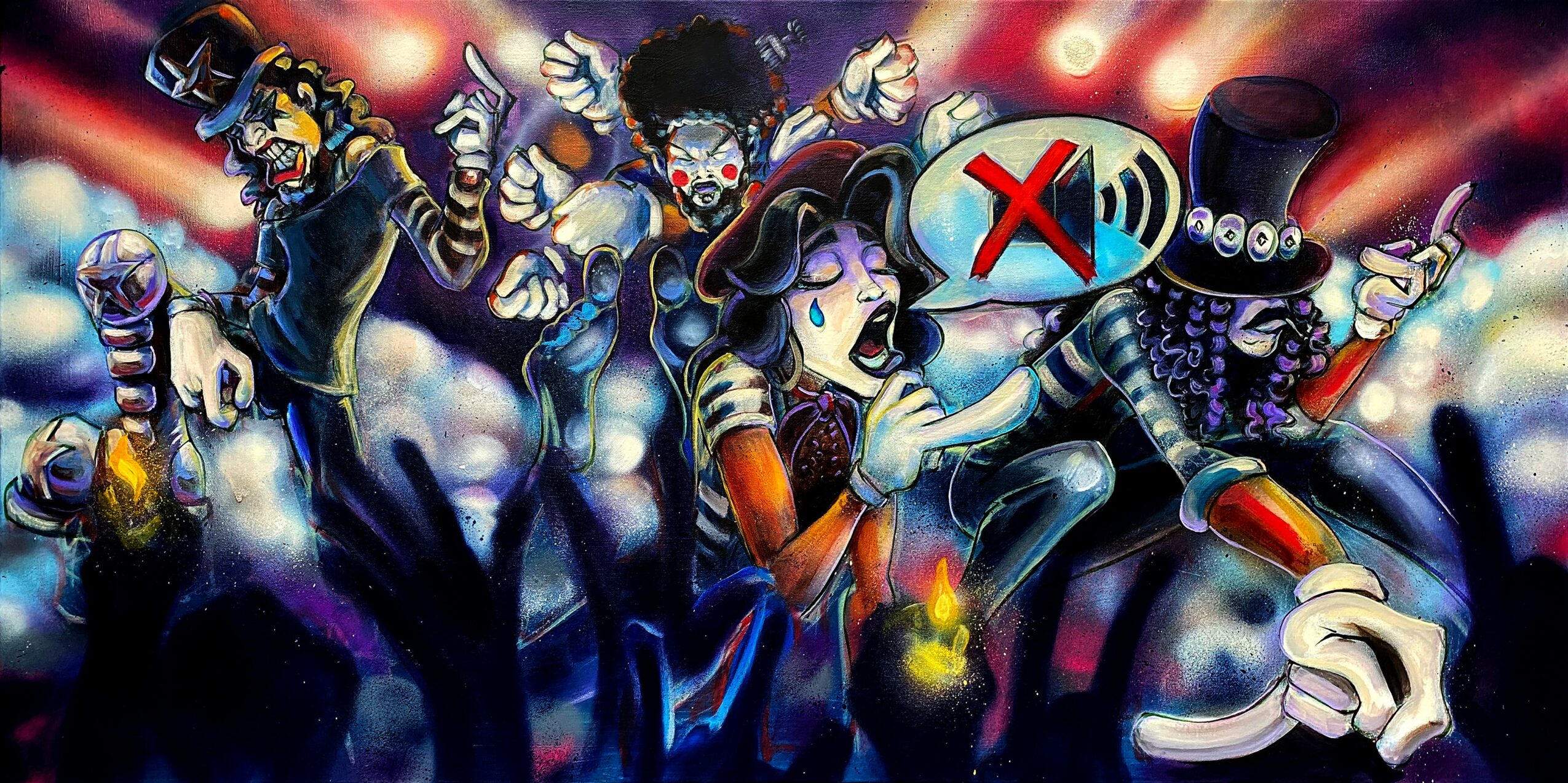
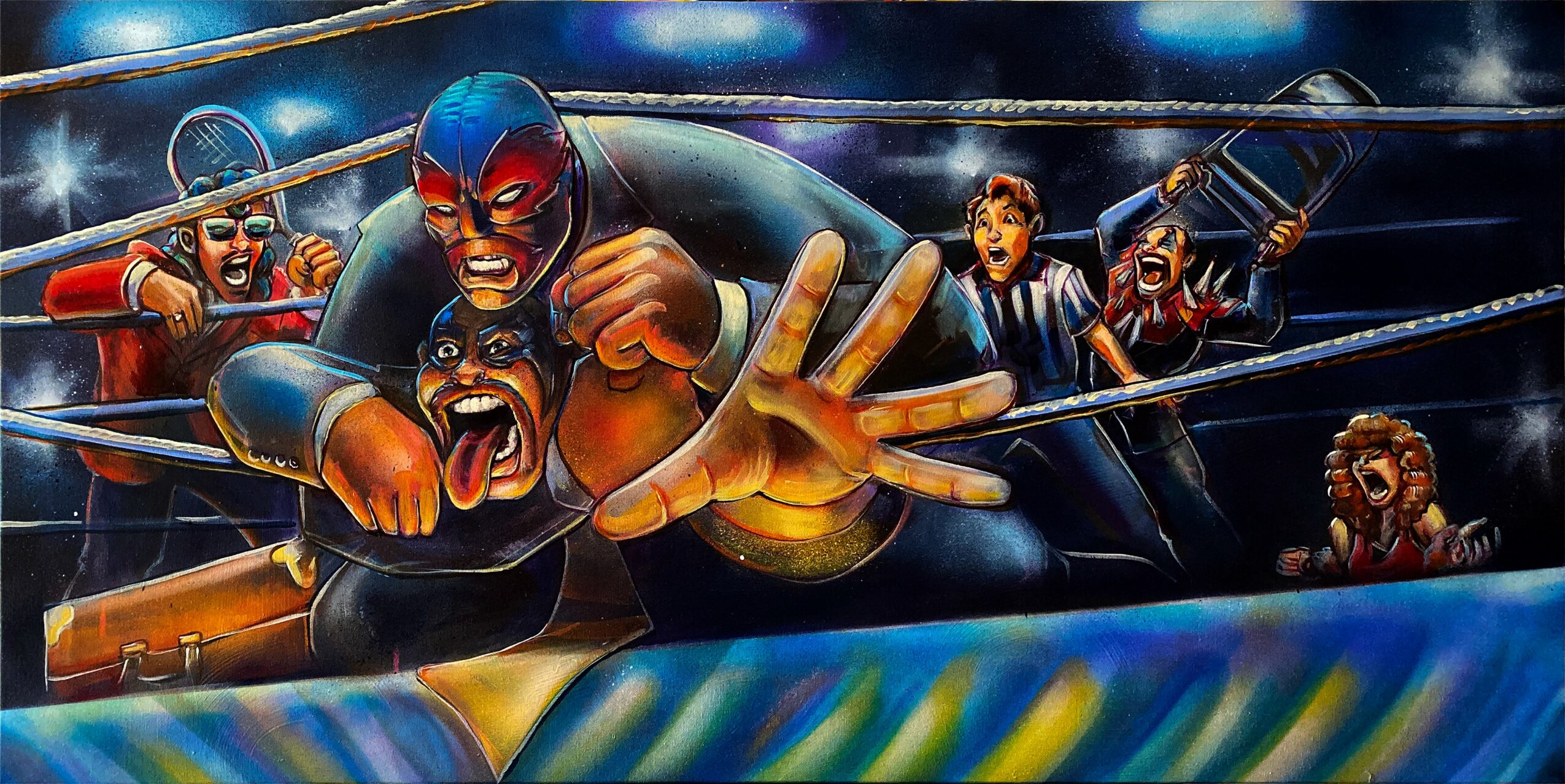
Image Credits
Gloria Zavaleta

